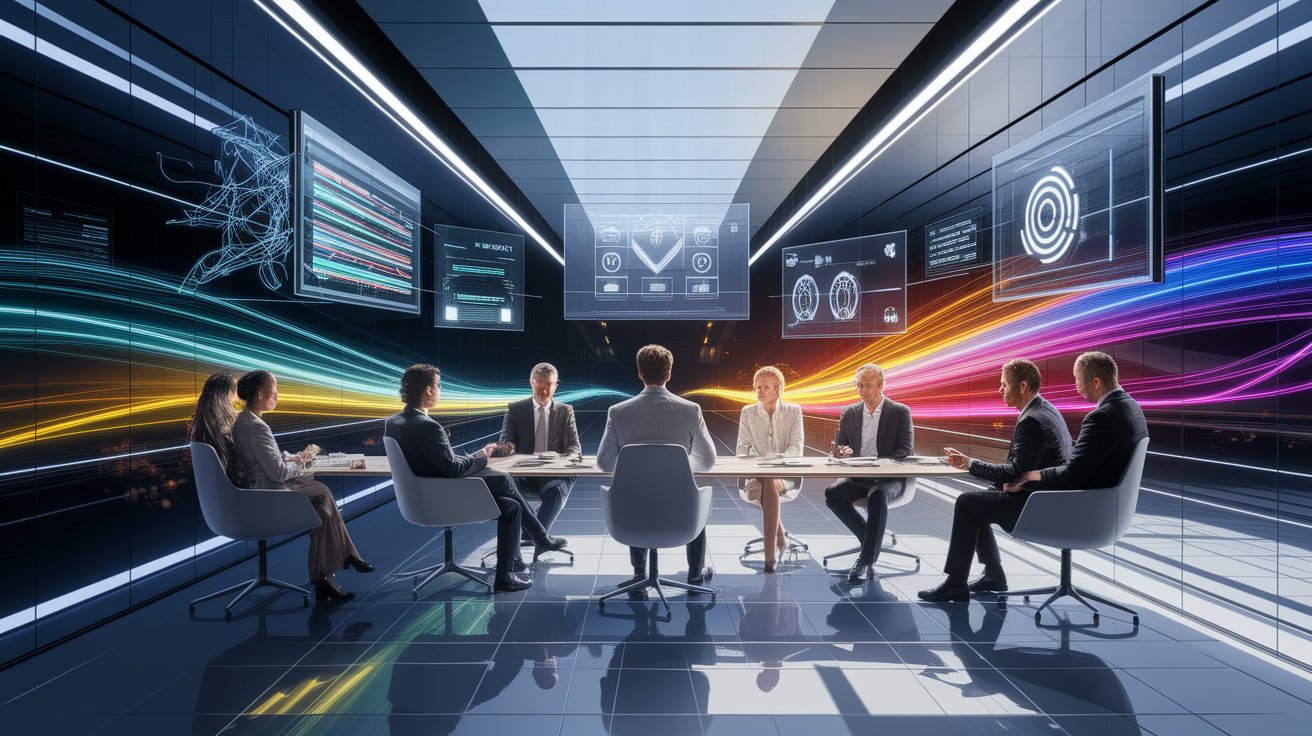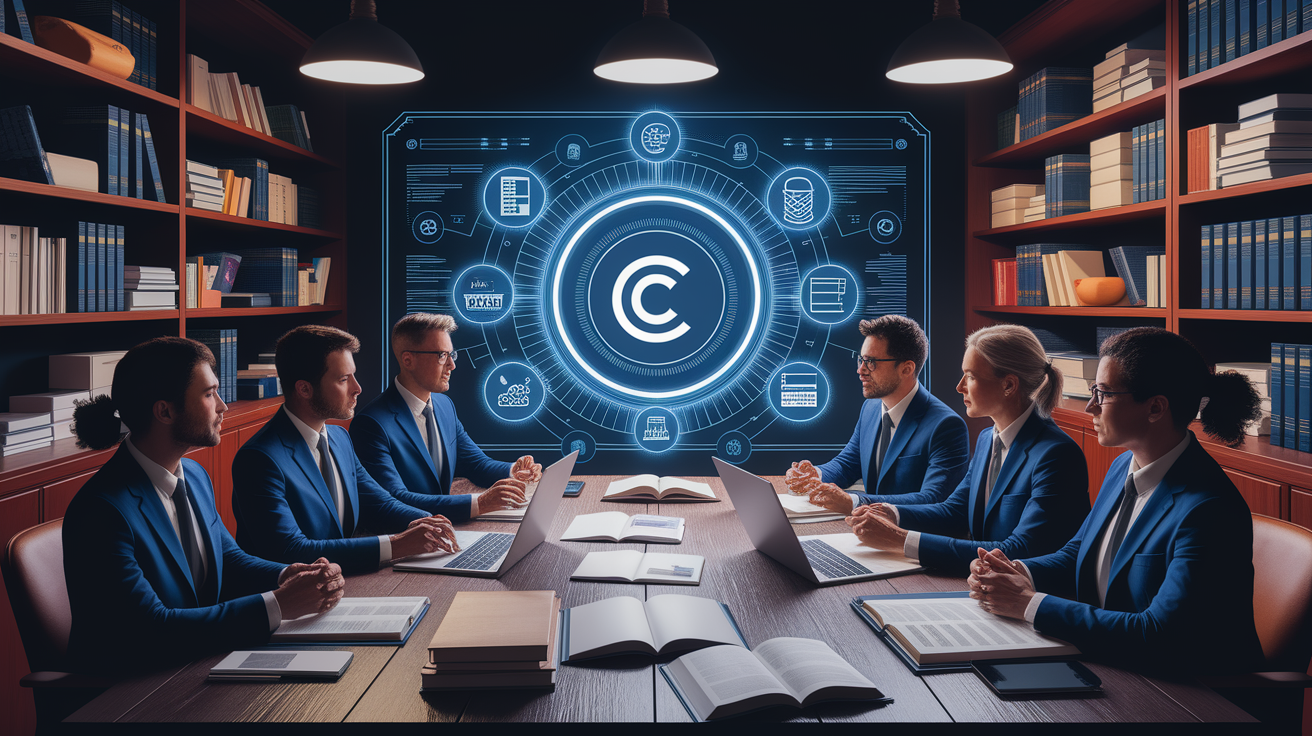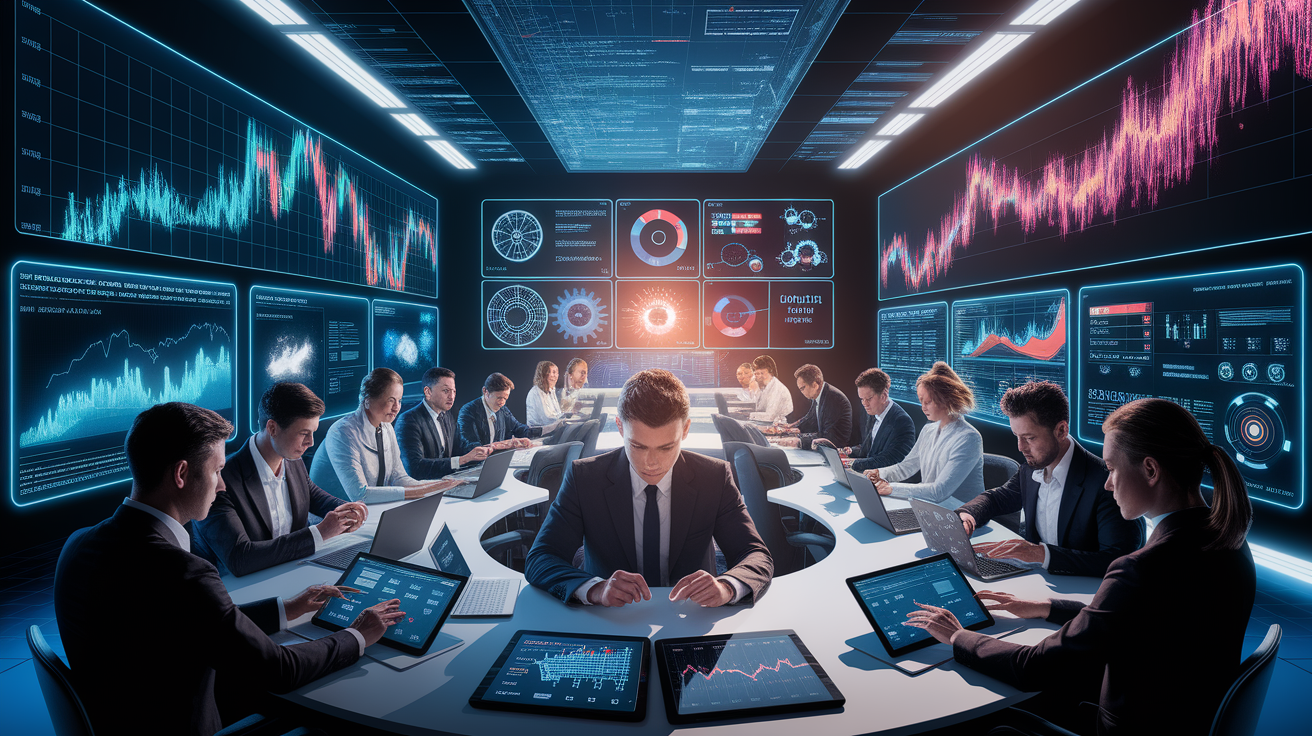Grasping ai-generated-content-copyright-liability Fundamentals
It starts with a simple but often overlooked truth: under current U.S. copyright law, only human authorship qualifies for protection. This means that if a piece of content is generated entirely by artificial intelligence without meaningful human input, it’s considered uncopyrightable and may enter the public domain. For some, that’s a revelation; for others, it’s a pressing problem.

Imagine standing at the bottom of a mountain with no climbing gear — that’s how many businesses feel when they realize their AI-generated works might lack formal protection. The 2025 U.S. Copyright Office report reaffirms this human-authorship requirement, a principle upheld in Thaler v. Perlmutter where the court refused copyright registration for a fully AI-created image.
So what does this mean for you? It means navigating the legal framework — including complex concepts like “original works of authorship” — with clarity. You must balance innovation through generative AI with careful intellectual property rights management. While AI can produce derivative works and transformative use cases, without substantial human input, you lose the legal shield of copyright protection.
Establishing Robust Copyright Compliance Processes
Compliance is your safety net. Whether you are using GPT models, machine learning platforms, or deep learning networks, proactive measures will help you avoid costly copyright infringement claims.

The essential steps include:
- Human oversight in content creation: Ensure you or your team provide substantive creative direction when using AI tools.
- Documentation of authorship contribution: Keep clear records of where AI assisted and where humans crafted or edited the work.
- Licensing use of training data: Respect intellectual property rights in AI training datasets to mitigate liability.
- Fair use assessments: Consult legal guidance on whether your AI outputs fall within fair use exemptions under copyright law.
- DMCA awareness: Build protocols for responding swiftly to takedown notices.
Think of this process as installing guardrails along a winding road; without them, every curve becomes a potential hazard for legal liability in AI-driven content creation.
Leveraging Tools for Risk Mitigation
Legal liability isn’t inevitable, but it does require vigilance. You can deploy technical and contractual tools to minimize exposure.

- Plagiarism detection software: Run all AI-generated text, images, and audio through reliable detection systems to catch unintentional copyright violations.
- Rights management platforms: Track licenses, attribution requirements, and permissions for AI-generated works.
- Automated content screening: Use machine learning filters to flag content that closely resembles existing copyrighted material.
- Tailored contracts: Incorporate clauses in agreements that allocate risk and clarify ownership for outputs created using generative AI.
These tools function like a lighthouse, warning you away from unseen rocks in the copyright ocean, giving you a clearer path forward when dealing with automated authorship.
Case Studies and Tangible Benefits
Sometimes the most effective learning comes from real-world examples. Consider a design firm that used AI to produce promotional visuals but integrated human creative adjustments at multiple stages. By demonstrating substantial human contribution, they secured copyright protection under current laws.
Another example: a publishing company facing potential copyright violations from AI-generated passages relied on contractual safeguards and routine audits to protect their intellectual property. The result? Reduced litigation risk by over 40% in a single year.
Clear documentation, careful authorship attribution, and early legal consultation yielded measurable benefits:
- 50% decrease in infringement claims
- Strengthened client trust for projects involving automated content
- More consistent application of fair use principles
Forward-Looking Strategies for Ongoing Protection
The legal landscape around AI-generated content is still evolving. So, what should your next move be?
First, monitor regulatory changes. The latest U.S. court and Copyright Office reports hint at potential adaptations to copyright law for human-AI collaboration. Second, align your company policies with these shifts while staying informed on differing international approaches — the UK, for instance, assigns authorship in “computer-generated” works to the person who arranged creation, opening unique avenues of protection.
Strategies for resilience include:
- Regular legal audits: Verify compliance with both domestic and international copyright standards.
- Education and training: Equip your team with the knowledge to spot high-risk generative AI uses.
- Innovation with ethics: Balance machine creativity with human judgment to secure both protection and originality.
- Industry collaboration: Share experiences and solutions within your sector to keep pace with change.
Like tending a garden, the goal is not only to plant seeds of creativity but to nurture them within the protective walls of the legal framework, ensuring they grow without being overrun by liability risks.







